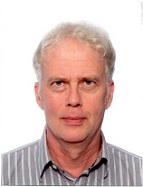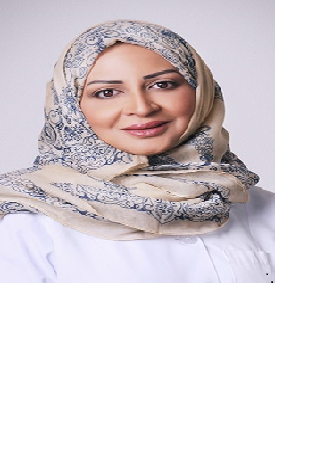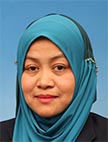Day 3 :
- Endodontics | Dental Research | Clinical and Experimental Dentistry

Chair
Jukka P Matinlinna
The University of Hong Kong, Hong Kong

Biography:
Kholoud Y AlAhdal has completed her Saudi Board in Restorative Dentistry in 2006, certified from Saudi Commission of Health Specialties as a Consultant in 2009.She is the Program Director of Saudi Board in Advance Restorative Dentistry in Security Forces Hospital, Riyadh, KSA and is a Member in the Local and Scientific Committee of Restorative Dentistry in the Saudi Commission of Health Specialties
Abstract:
Now we are at the time that personal appearance is important in our life style, teeth whitening or bleaching is the most popular esthetic dental treatment that enhances the appearance. People frequently ask dental professionals questions about dental bleaching and its efficacy and biological safety. The lecture will answer many questions that every general dental practitioner wants to know to answer patients and to have optimum results. The presentation will cover types and natures of teeth stains, the importance of case evaluation and selection before starting dental bleaching. It will cover briefly types and materials of dental bleaching, then short discussion for the indications and contraindications of dental bleaching. Some important tips during bleaching will be covered and finally focuses on safety factors.
Wan Zaripah Wan Bakar
Universiti Sains Malaysia, Malaysia
Title: Interractive lecture and the acceptance level among lecturers in PPSG, USM, Malaysia

Biography:
Wan Zaripah Wan Bakar has completed her graduation in 1992 and served the Ministry of Health, Malaysia for 9 years. In 2013 she has completed her Post
Doctorate Research Fellow program at the UTHSCSA, Texas in the United States. She is currently working as a Senior Lecturer and Consultant Prosthodontist/ Restoratives at University of Science, Malaysia. She has published more than 30 papers in reputed journals. She has frequently invited as a speaker in workshop or conferences locally and internationally.
Abstract:
Interactive lecture (IL) is still new things terminologically to School of Dental Sciences (PPSG), University of Science, Malaysia. Unnoticeably many lecturers has practiced it during teaching and learning activities even they are seems unaware and lack of knowledge about IL. The claims of heavy workload and less time especially by clinician might hinder the use of IL in teaching and learning. A study has been done to find out the acceptance level for IL by dental lecturers at current time and after some exposure through intervention for the future and further planning and application at the school. Two sets of the same self-administered questionnaires were used in the study where the questionnaires consist of 4 sections (A, B, C and D) that will take about 15-20 minutes to complete. 71% has responded for pre-intervention where 37/52 (71.15%) are clinicians and 15/52 (28.85%) is basic sciences lecturers; whereas only 51.4% responded for post-intervention. Generally, lecturers at PPSG accept the application of IL, agree about the important and show interest in applying it in their teaching. No significant difference of all acceptances to IL components tested in this study between clinician and basic sciences lecturers. Clinical lecturers gave more reasons/problems for not applying it mostly claims due to lack of knowledge, time limitation, unsatisfactory supports
and facilities especially internet at the university and not suits the clinical teaching condition. Concern and strategies need to be found to improve this problem.
Yassir Elkhidir
Suiwah Stomatological Hospital, China
Title: Ultraviolet Photofunctionalization for Speed Osseointegration

Biography:
Abstract:
Osseointegration is a prerequisite of successful implant stability and is by far the most important factor to consider before establishing any further treatment. Biological ageing of titanium is the time-related degradation of the physiochemical properties of the implant surface. Ultraviolet photo-functionalization (PhF) reverses the ageing process, increases the BIC
to almost 100% in what is known as super-osseointegration and therefore increases the strength and the primary stability of implants while decreasing the average healing time. PhF regenerates the lost hydrophilicity caused by biological ageing of titanium and converts titanium surfaces from hydrophobic to super-hydrophilic. It also optimizes the electrostatic status of the
surface reverting it from electronegative back to the electropositive status found on fresh titanium surfaces. PhF also removes the significant amount of hydrocarbon that unavoidably accumulates on the surface by time leaving more space for cellular attachment. At molecular level it was shown that PhF of titanium surfaces increases protein absorption enhances osteogenic
migration and attachment, as well as osteoblastic proliferation and differentiation. Clinically, PhF allows for more treatment options as shorter and thinner implants can be utilized more frequently without any compromise to the treatment outcome. PhF therefore improves prognosis, decreases morbidity and has a significant impact on clinical practice.
